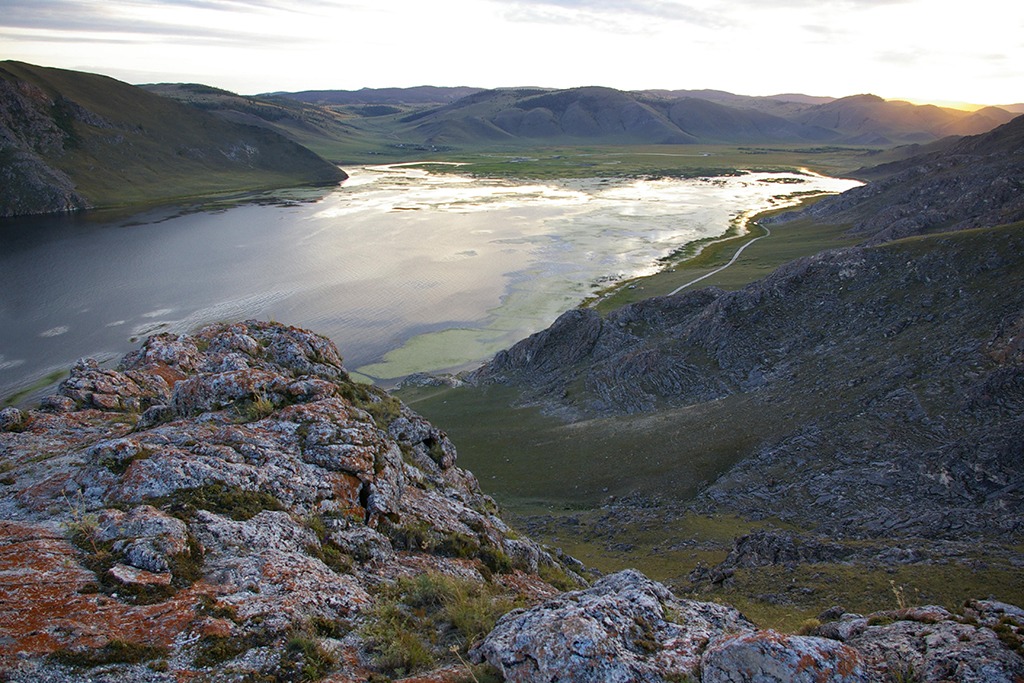
The Siberian Origins of Native Americans
The Siberian Origins of Native Americans
©Edward J. Vajda | pandora.cii.wwu.edu

Virtually all scholars agree that the aboriginal populations living in North, Central and South America at the time of Columbus’ voyages originated from small groups of prehistoric immigrants from North Asia. No sober anthropologist would defend the notion that Pre-Columbian Native Americans sailed across the Atlantic from Europe or Africa or that Native Americans have lived in the Western Hemisphere from time immemorial. There is less agreement, however, regarding the time of the first migration across the Bering Strait into North America. And there is less agreement still on the number of separate migrations. Did the first migrants arrive tens of thousands of years ago, before the onset of the last Pleistocene cold phase 25,000 years ago? Are all Native Americans descended from one immigrant group or many? And if there were more than one migration, then exactly how many separate migrations took place?
The most likely answer to these questions is that the first people to cross the Bering Strait into Alaska did so toward the end of the last Ice Age, about 14,000 years ago. Also, there is mounting evidence that this first crossing represented only one of at least three distinct migrations from Asia into North America.





Responses